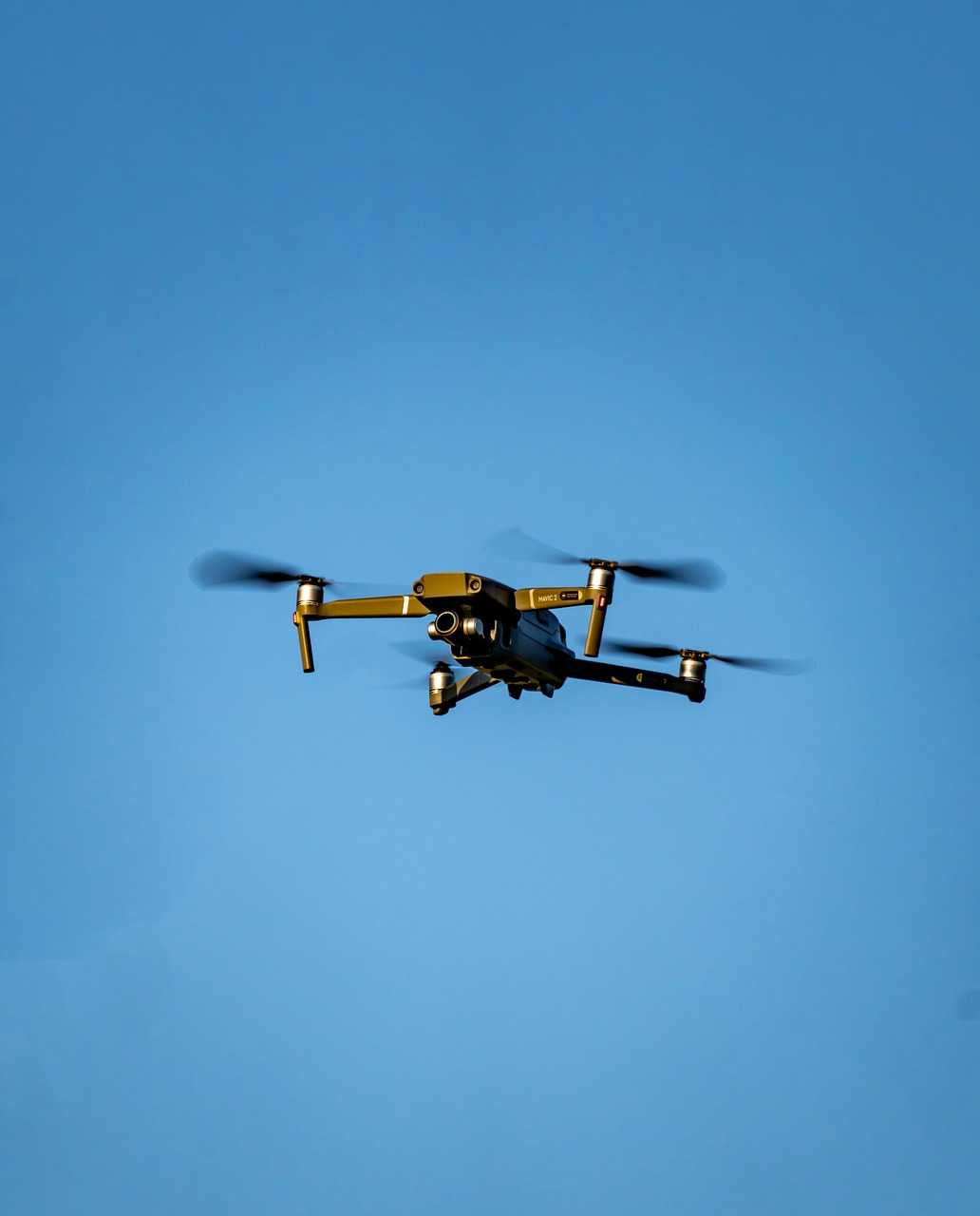NVIDIA’s Project DIGITS: Revolutionizing Personal Supercomputing for Everyone
NVIDIA’s Project DIGITS stands as a transformative initiative aimed at reshaping personal supercomputing through an accessible platform designed for developers, researchers, and enthusiasts alike. By harnessing the unparalleled power of graphical processing units (GPUs), DIGITS enables users to engage with deep learning and artificial intelligence (AI) applications seamlessly. This article explores the ins and outs of Project DIGITS, its innovative features, and its impact on the technology landscape.
Key Features of Project DIGITS
1. Intuitive User Interface
Central to DIGITS is its user-friendly graphical interface, which allows users, regardless of their programming skills or expertise in deep learning, to navigate complex workflows. The platform provides a web-based interface designed to streamline the process of building, training, and visualizing neural networks. Users can easily upload datasets, select specific models, and monitor the training process in real-time through intuitive graphical representations.
2. Deep Learning Framework Integration
Project DIGITS supports several powerful deep learning frameworks, including Caffe, TensorFlow, and PyTorch. This flexibility allows users to leverage their preferred tools while benefiting from NVIDIA’s hardware acceleration. By seamlessly integrating with these frameworks, DIGITS enhances performance through GPU utilization, significantly speeding up the training and testing phases of machine learning projects.
3. Enhanced Collaboration and Sharing
DIGITS enhances collaboration among users. With an in-built project-sharing feature, users can share their neural network models and training results with others easily. This capability fosters a collaborative environment, particularly beneficial for teams working in academia or industry. By democratizing access to AI tools, DIGITS empowers users to share knowledge, insights, and breakthroughs.
4. Real-Time Analytics and Visualization Tools
Another standout feature of Project DIGITS is its robust analytics and visualization tools. Users can monitor network performance metrics in real-time, such as accuracy and loss curves. These visual cues are critical for understanding how a model is learning and can guide decisions on hyperparameter tuning. The detailed analytics allow users to make informed adjustments, ultimately improving their models.
5. Cross-Device Compatibility
Designed with versatility in mind, DIGITS can operate on multiple devices. Whether leveraging a personal workstation or utilizing NVIDIA’s cloud platforms, users can deploy their projects across various environments. This cross-device compatibility ensures that users have the flexibility to work wherever they are, making personal supercomputing even more accessible.
Applications of Project DIGITS
1. Image Classification and Recognition
One of the most prominent applications of Project DIGITS is in image classification and recognition. By employing convolutional neural networks (CNNs), users can train models to accurately classify images based on their content. This technology finds applications in sectors such as healthcare (for identifying medical conditions from images), security (facial recognition systems), and marketing (analyzing consumer behavior through visual data).
2. Natural Language Processing (NLP)
Natural Language Processing has gained popularity through the use of deep learning. DIGITS supports NLP tasks like sentiment analysis, text classification, and translation. By providing tools for embedding techniques and recurrent neural networks (RNNs), DIGITS allows users to create models that can comprehend and generate human-like text. This functionality is pivotal for enhancing customer support systems, chatbots, and language translation services.
3. Autonomous Systems and Robotics
The implications of DIGITS extend into autonomous systems and robotics. Through reinforcement learning algorithms available in the platform, users can train robots to perform tasks in dynamic environments. By creating simulations and models that learn from real-time feedback, users can develop sophisticated autonomous systems applicable in industries such as logistics, agriculture, and manufacturing.
4. Healthcare and Bioinformatics
Project DIGITS also plays a significant role in healthcare and bioinformatics. The ability to analyze vast datasets, such as genomic sequences or patient records, empowers researchers to uncover patterns that were previously unattainable. By employing deep learning models, healthcare professionals can enhance diagnostic accuracy, predict disease outbreaks, and tailor individualized treatment plans based on genetic information.
Community and Ecosystem
An integral aspect of NVIDIA’s Project DIGITS is its vibrant community. With an active online forum and comprehensive documentation, project enthusiasts have a platform for discussion, troubleshooting, and sharing advancements. NVIDIA hosts webinars and workshops, providing users with training sessions that cover best practices in deep learning and the effective use of DIGITS. The community-driven approach not only enhances user experience but also encourages continual learning and experimentation.
Future of Personal Supercomputing
The evolution of personal supercomputing is paramount in today’s data-driven world. As technology advances, access to powerful computing resources becomes increasingly essential. Project DIGITS acts as a catalyst, enabling individuals’s ability to harness the computational power of GPUs for various applications. By continually updating and optimizing the platform, NVIDIA is paving the way for the next generation of innovators within the AI sphere.
Conclusion
With Project DIGITS at the forefront, NVIDIA has successfully lowered the barriers to entry for deep learning and AI, positioning users to create powerful models without needing extensive technical backgrounds. The model diversity, collaboration features, and real-time analytics make it an indispensable tool for personal supercomputing. As Project DIGITS continues to evolve, it promises to enhance and democratize AI access, allowing anyone with a passion for innovation to participate in the rapidly growing field of artificial intelligence.
